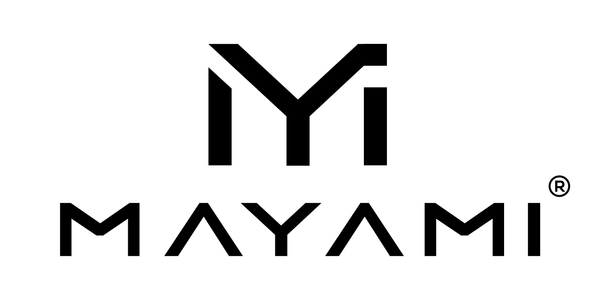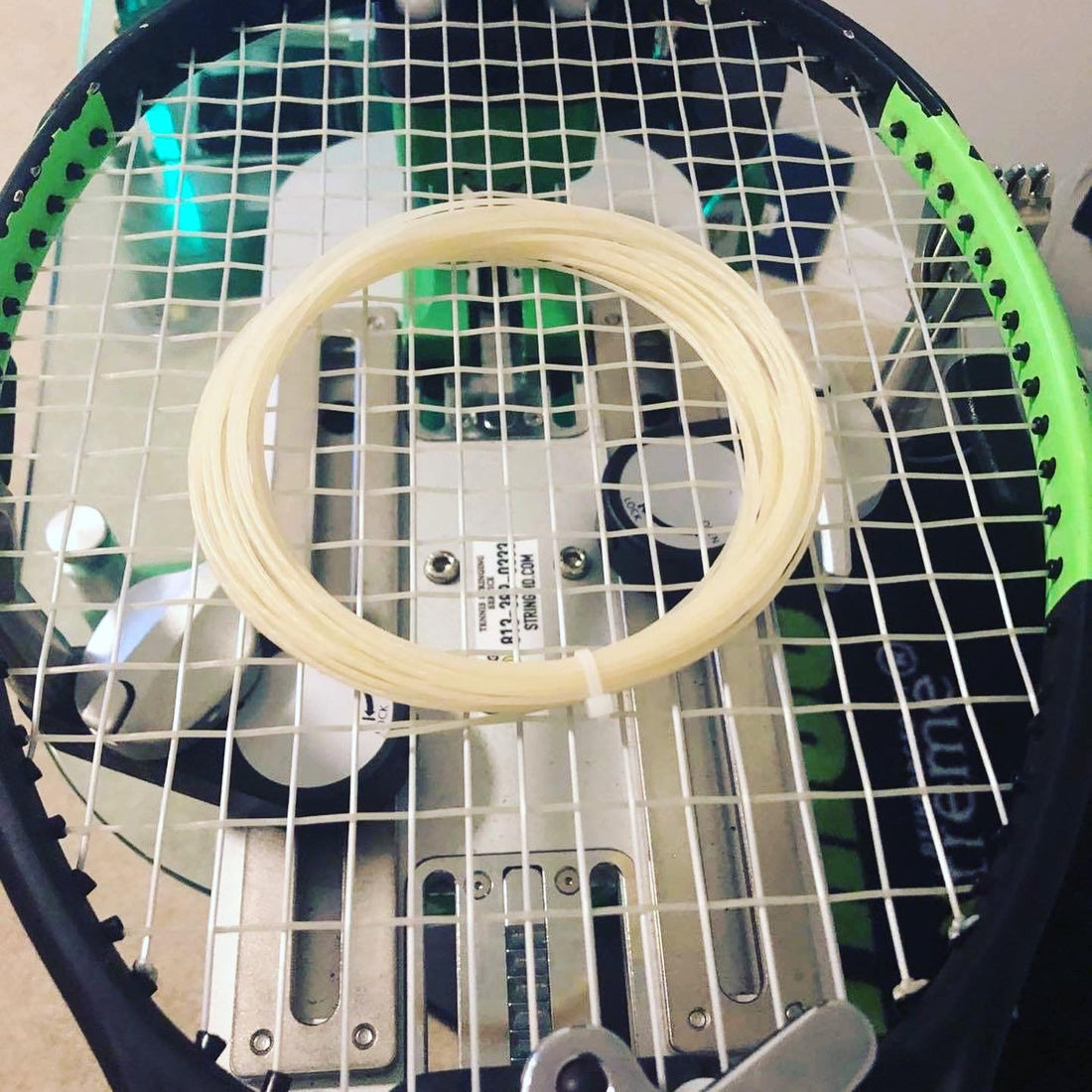
It’s a secret many don’t know about. Tension can push your racquet towards many different styles of performance. Let’s start with the obvious rule:
1. Lower tension = more power and higher launch angle
It makes sense and probably most of you already figured it out 😊 Looser strings move more, so they give more. Simple!
2. Higher tension = more control and lower launch angle
Same story. Just different approach. Strings move less, they become „lazy” so you need to compensate with higher racquet head speed to achive similar results – BUT you get more confidence.
3. Lower tension = more spin ?
Now we are entering the secret land 😊 Looser strings „pocket” the ball better. You have better „spin potential” just like you have with thinner strings. But the launch can be too aggresive (too much power or too big launch angle) so the real question is if you can trust enough in your spin production and if you can control the added power. Because the worse you can do is to make your RHS slower in fear of overhitting. You actually loose control and spin and you are now alone with the power of your racquet and strings.
TRICK nr 1: you can use very low powered racquet and string it very loose
TRICK nr 2: you can use very stiff string and use very low tension.
TRICK nr 3: you can use thicker strings and use lower tension.
4. Higher tension = more spin?
Biggest magic in spin production is racquet head speed. You can’t get around it 😊 Well, you could try choosing lighter racquets or with lower balance point but the key approach in spin production is your acceleration. Your arm must be loose, your core stable and WHAM ! Magic happens (almost like with Mayami Magic Twist 😊)
If you are afraid of hitting the ball out then you are taking away some of the spin potential. That’s where higher tension can help you. You have less power and well..less spin potential from the stringbed BUT you can get something better – spin potential from your technique. Swing fast, accelerate and let your technique compensate the stiffer string setup.
5. Lower tension = more forgiveness
Remember this thing – sweet spot. It’s in the center of your stringbed. Hitting there will give you most power, sense of control and spin. That’s why it’s called sweet 😊 Higher tensions make the sweet spot smaller. It’s harder to find it and it’s not giving as much as with lower tension setup. Interesting thing is that most players strike the ball slightly above the sweet spot, that’s why Yonex introduced Isometric shapes that are expanding the sweet spot higher on the stringbed. Clever idea !
Bigger headsizes = more power and bigger sweet spot just out of your racquet – you can string tigher to get more control and the feel of better connection.
Smaller headsizes = more control but smaller sweet spot – you can string looser to make it feel bigger
6. Crème de la crème – lower tension = more stability?
It’s possible ! In theory if you hit PERFECTLY clean the racquet shouldn’t twist in your hand. It can go back if the force of the incoming bal lis greater than what you are putting on the table but it shouldn’t twist. That’s why professionals train sometimes with this small wooden „spoon” to practice finding that sweet spot in every situation. So lower tension can make this little dot on your stringbed a bit bigger.
TRICK: SOFTER strings can „imitate” lower tensions. They are softer which means they are less lazy and willing to work for us 😊 Of course it also means more power potential.
Mayami strings are all within the range from soft to semi-stiff. We believe that the racquets are changing, the game is changing so the softer strings and/or lower tensions are the choice of next gen players. We also believe that it is possible to keep the control at highest level while keeping the sweet spot as big as possible with the spin potential, forgiveness and comfort much bigger than players can get from a stiff string.
Max control – tour hex, magic twist
Max performance – hepta power
something in between – hit pro and big spin

